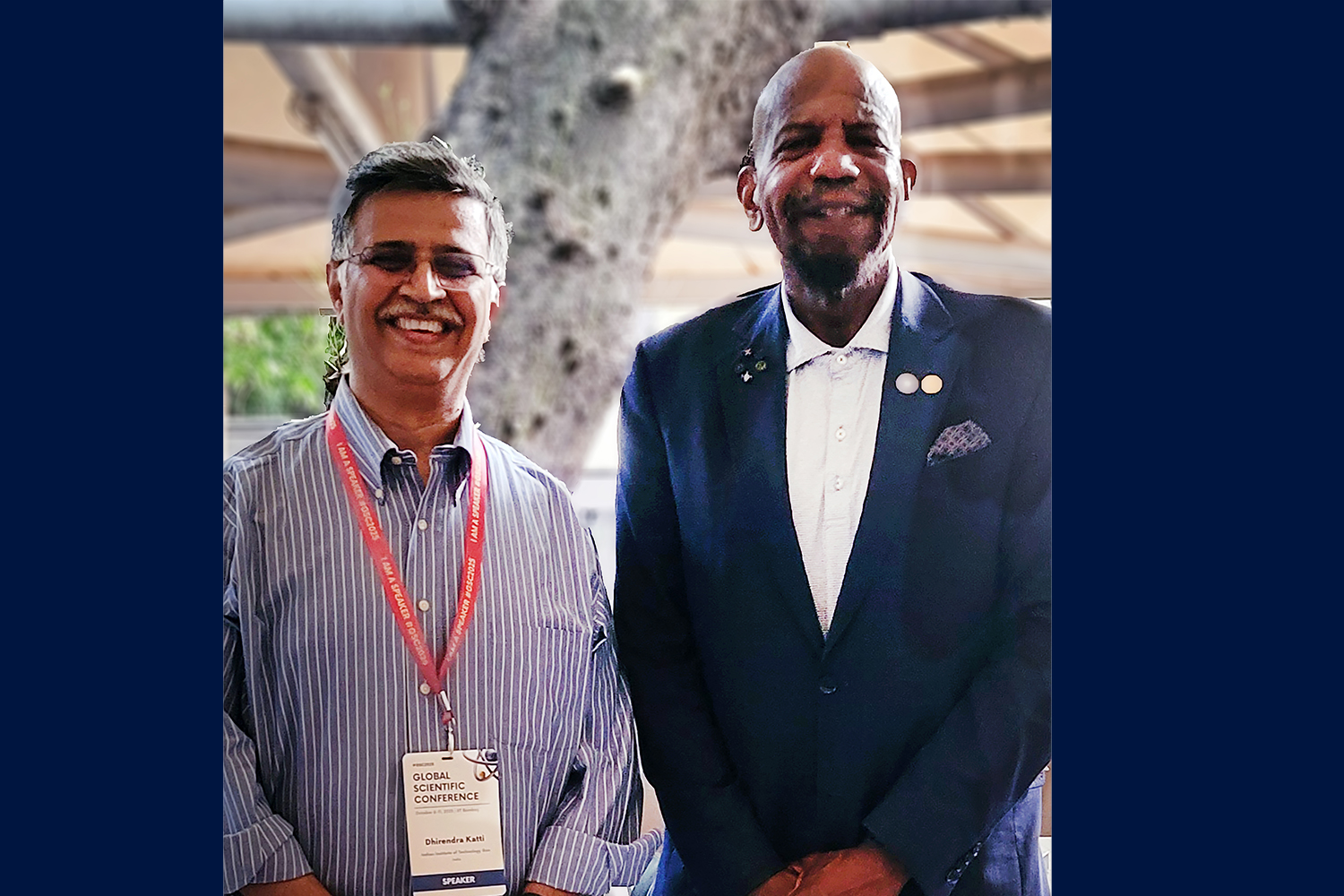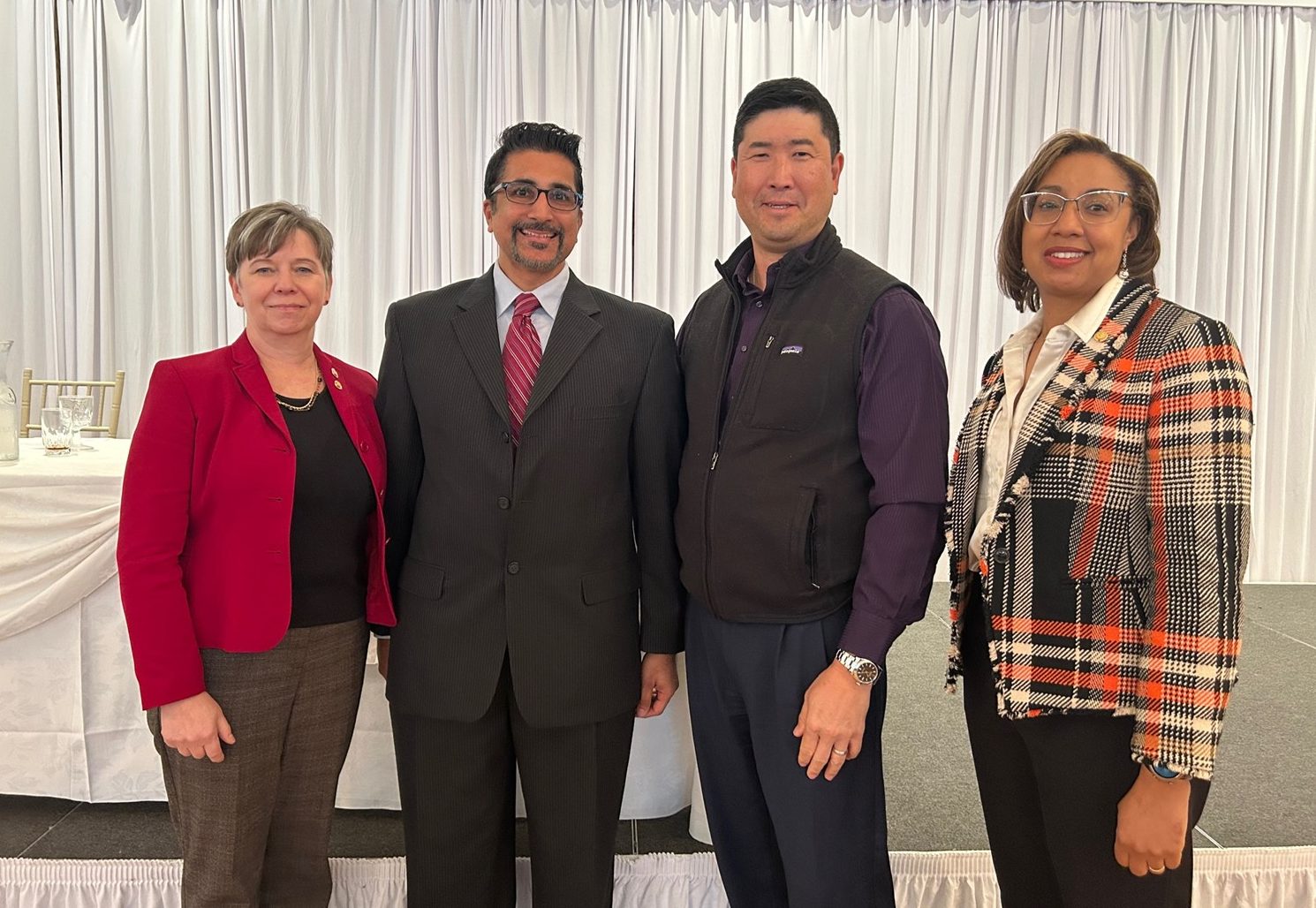 Reliable, reasonably-priced energy has reemerged in the last year as among the greatest needs facing the nation, and aligned with it are complex questions about environmental degradation, global climate change, economic disparities and limited water resources. GE is among the industrial titans committed to developing an integrated approach to these challenges. In July 2008, GE CEO Jeffrey Immelt announced the company was restructuring its units; among the three major organizations to emerge is GE Energy Infrastructure, over which UConn Mechanical Engineering alumnus John Krenicki (B.S. ’84) was named President and CEO. He was also named a Vice Chairman of GE.
Reliable, reasonably-priced energy has reemerged in the last year as among the greatest needs facing the nation, and aligned with it are complex questions about environmental degradation, global climate change, economic disparities and limited water resources. GE is among the industrial titans committed to developing an integrated approach to these challenges. In July 2008, GE CEO Jeffrey Immelt announced the company was restructuring its units; among the three major organizations to emerge is GE Energy Infrastructure, over which UConn Mechanical Engineering alumnus John Krenicki (B.S. ’84) was named President and CEO. He was also named a Vice Chairman of GE.
The new Energy Infrastructure unit boasts 65,000 employees worldwide and encompasses power generation, oil and gas production, and water treatment. Collectively, the sub-units produced ’07 sales of $30.7 billion. The combined unit “streamlines our global decision making and creates more critical mass closer to our customers. It allows us to put even more focus on the energy sector, which offers some of the best growth opportunities for our company worldwide,” Mr. Krenicki explained.
GE technology currently provides approximately 33% of the world’s electricity, conferring a large energy footprint. The company’s customers are a virtual “who’s who” of the energy world – producers and suppliers across the globe as well as major manufacturers – among them ExxonMobil, ChevronTexaco, BP, Dominion, Bechtel, Iberdrola, Saudi Aramco, Saudi Electric, QatarPetroleum, Valero Energy, Shell, BASF, Dow Chemical, U.S. Steel and countless others.
With an eye toward achieving a balanced portfolio of traditional and renewable energy, GE believes gas, coal and nuclear power will continue to meet much of the world’s demand through 2030. The company offers state-of-the-art products and services in these arenas, such as high efficiency, low emissions gas turbines and leading edge Integrated Gasification Combined Cycle (IGCC) technology for cleaner coal applications. On the fuels side, GE offers enabling technologies for oil and gas production, transportation and storage.
The company’s energy portfolio embraces wind, solar power and biomass. In fact, GE is the largest supplier of wind turbines in the U.S. and a world leader in the technology, according to Mr. Krenicki, with turbines installed on location at wind farms predominantly in California, Texas, Colorado and other western states. “In addition, we manufacture high technology gas reciprocating engines that can burn methane gas from landfills, coal mines, and agricultural waste to reduce the venting or flaring of greenhouse gases into the atmosphere.”
The global balance sheets make it clear that water and energy are inextricably linked. Mr. Krenicki articulated GE’s view, saying “In many of today’s technologies, it takes water to make power and power to make water. And both resources are in rising demand, given they are the backbone of economic growth and improved living standards in all parts of the world. The restructuring further increases the synergies between the energy and water businesses for large-scale projects around the world.”
The company puts a premium on water treatment and supply solutions that are designed to be more energy-efficient than conventional approaches, and which focus on integrated approaches. GE produces membrane and filtration technologies, diagnostic tools and specialty chemicals to address the need for both commercial and consumer water. In terms of integrated energy/water approaches, Mr. Krenicki cited GE’s Waste-to-Value Solution. “This approach combines proven wastewater treatment technologies with our combined heat and power production to treat wastewater and generate power at the same time.”
Just as GE’s focus areas have evolved over time, the same can be said for Mr. Krenicki’s impressive career with GE. He began in the Technical Marketing Program and progressed through various leadership roles at GE Plastics, Silicones and Structured Products before assuming positions as Vice President of the Americas for GE Lighting, Vice President of GE Superabrasives, and President and CEO of GE Transportation Systems. In 2003 he was named a Senior Vice President of GE and President and CEO of GE Plastics, and a year later he was named President and CEO of GE Advanced Materials. Before accepting his most recent promotion, Mr. Krenicki served as President and CEO of GE Energy.
The efforts of GE and other leading energy companies is just part of the complex approach need to solve the nation’s energy woes, according to Mr. Krenicki, who called for a “consistent, long term, thoughtful national energy policy.”
“We need legislation that creates some level of certainty in the energy sector, because that will in turn spur massive investment and development within the private sector. We at GE are working with Congress and the administration to renew the production tax credit (PTC) for renewable energy, which is due to expire at the end of this year. Thanks to the PTC, the U.S. is the world’s most dynamic wind market, with some of the best resources on the planet.” He noted that if Congress fails to extend the PTC, the U.S. risks wind industry disruptions and a deterrent effect on possible future projects.
“We also need a national climate change policy,” he said, to ensure necessary investments may be made in a cost-effective way. Among the types of policies he has in mind are those that establish a market price for carbon and other greenhouse gases. These, he believes, will stimulate R&D as well as deployment of the lower-emissions and lower-cost technologies.
Backed by GE’s 130 years of innovation and vision, this UConn engineering alumnus is well equipped to help guide the company’s energy efforts in the years ahead.


